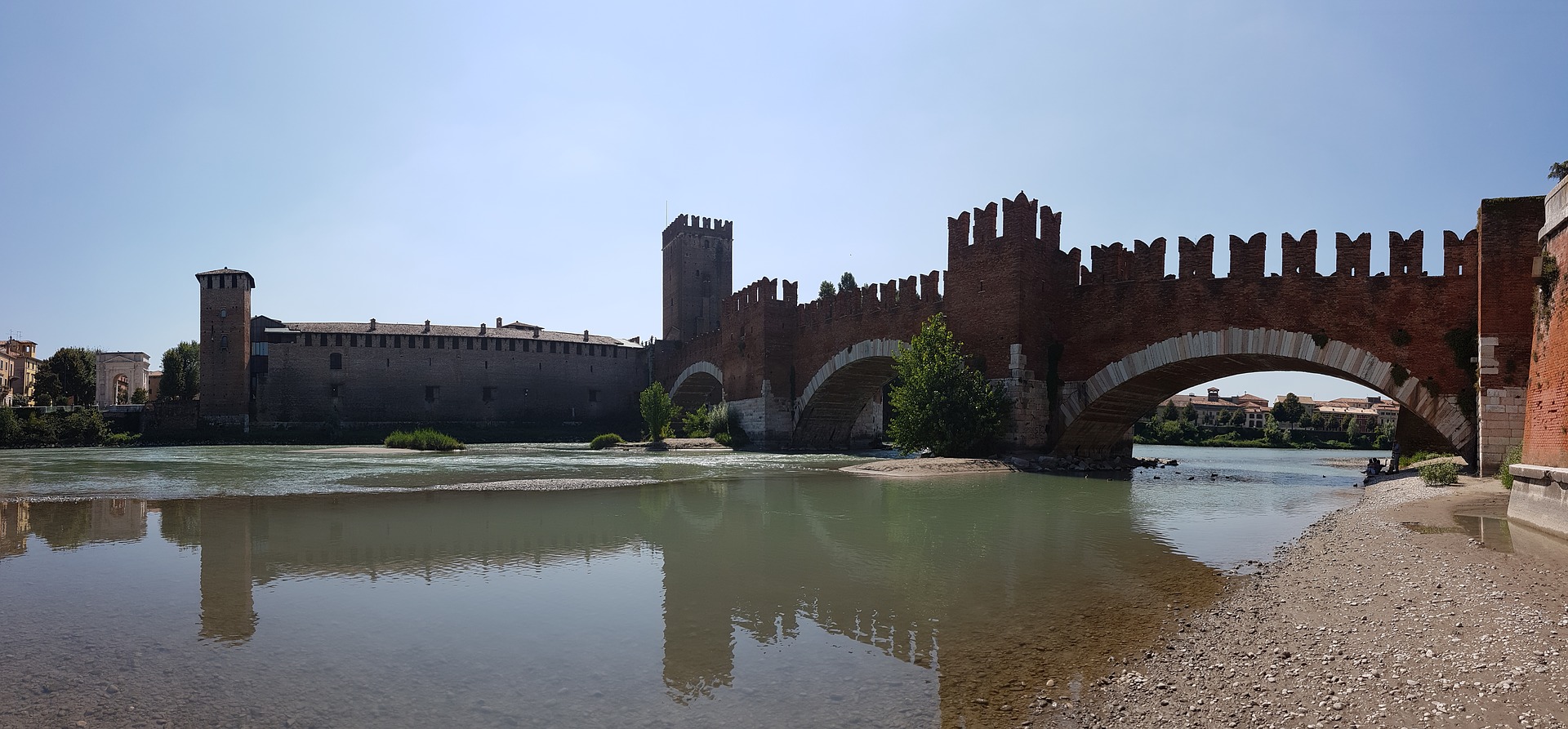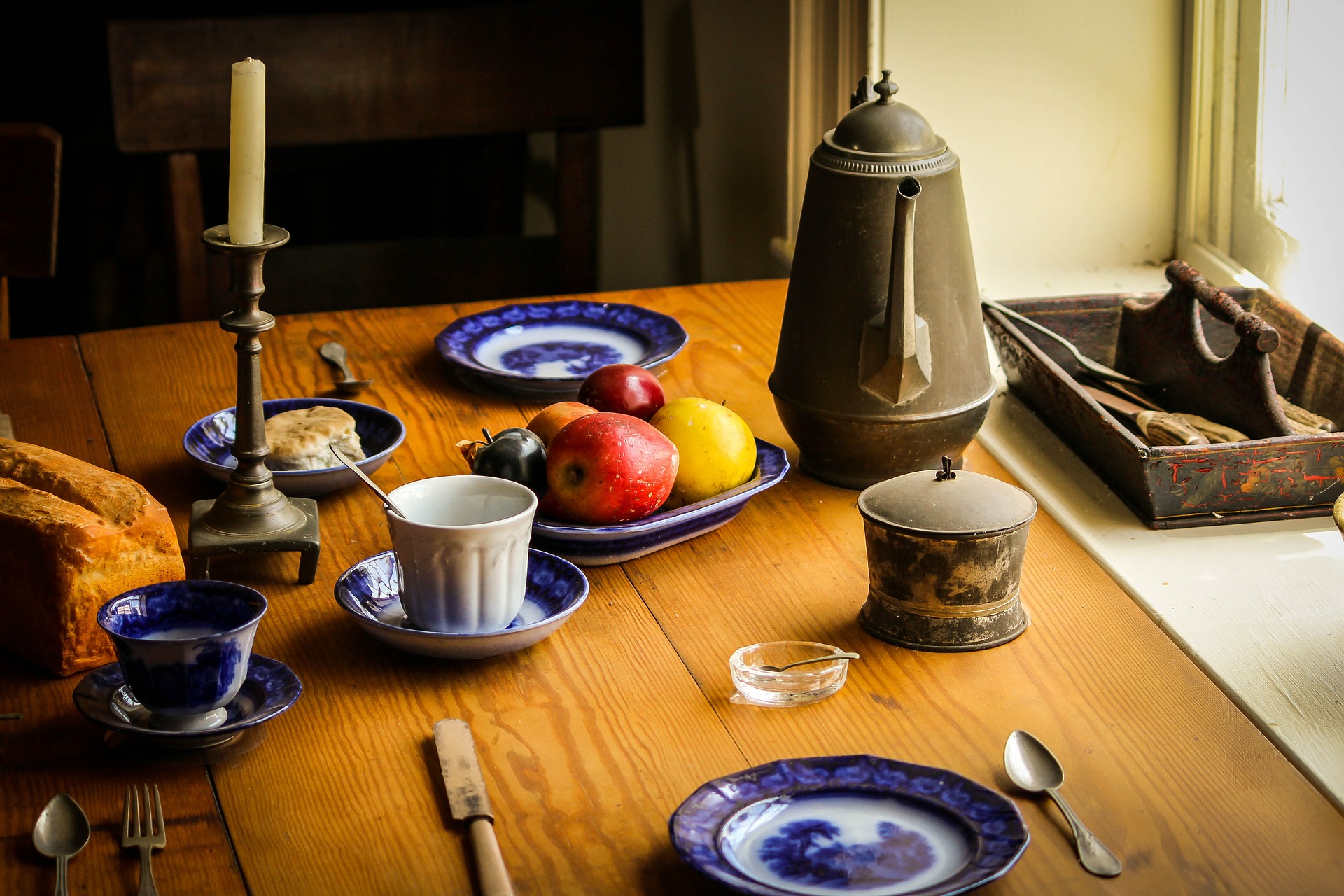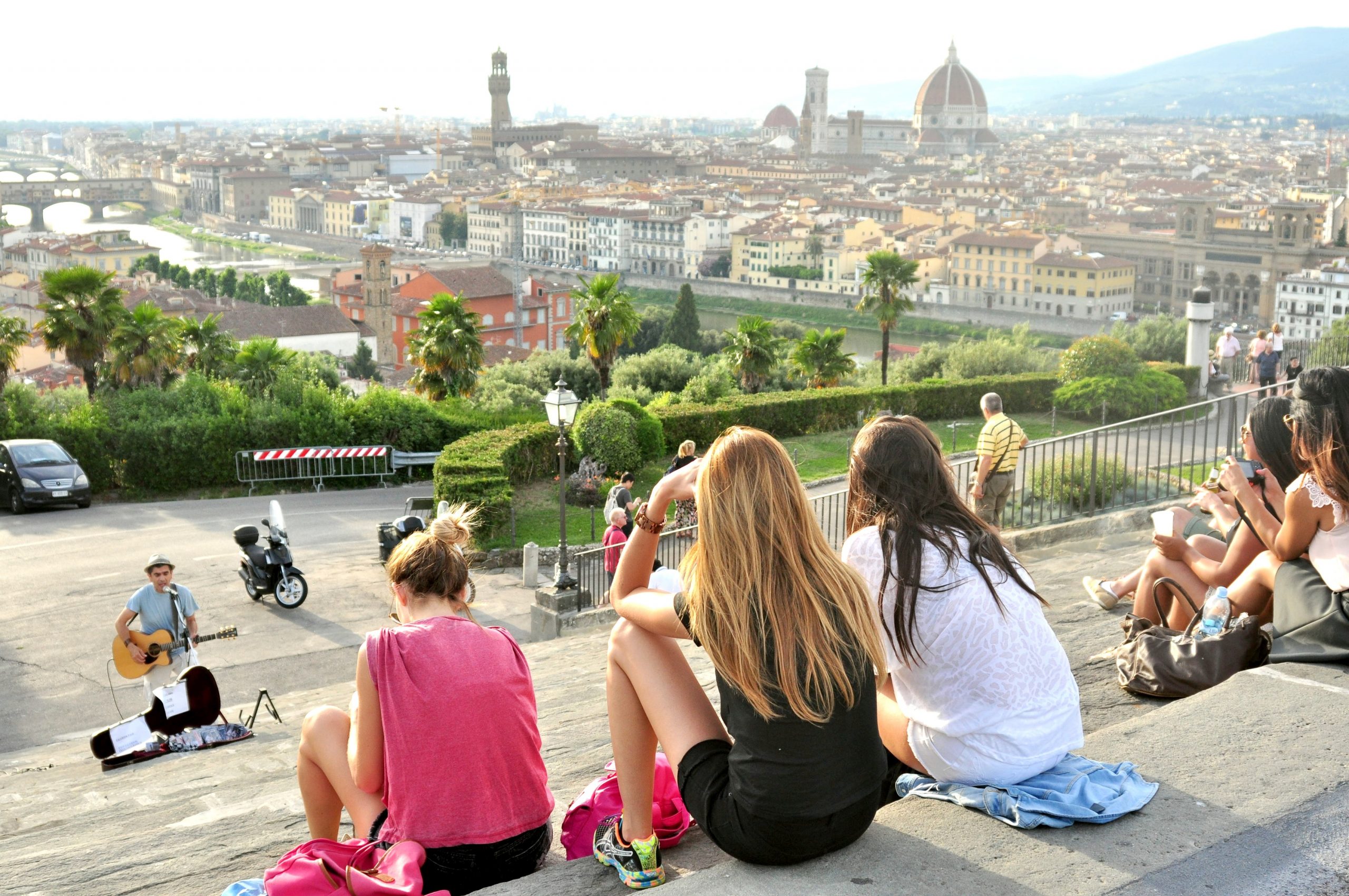Mystery surrounds Lord Cangrande I (1291 to 1329), early Lord of Verona, like a dark shadow. Historical documents claimed he expired suddenly from polluted drinking water but doubt remained among scholars. Shocking results from a recent exhumation revealed toxic levels of digitalis, a strong poison from the Foxglove family, discovered throughout his liver and colon. It appears that he was likely poisoned under the cloak of medical treatment in the midst of his astounding military victories. One of his physicians was hung afterwards by his successor, Mastino II. Foul play? One would think so.
Lord Cangrande I was the most celebrated of the Scaliger family, the Lords of Verona, who ruled from 1260 to 1387. A noble ruler who was a warrior, prince and patron of Giotto, Dante and Petrarch, he didn’t live to set foot inside Castelvecchio.
Lord Cangrande II della Scala had the castle and bridge built in 1355 for his protection and that of his ruling family. With a reputation opposite that of his predecessor, he was a cruel and tyrannical governor who needed a safe escape route from his abundance of enemies. Venice, the Sforza family and the Gonzaga were a constant threat. He had no lack of forceful neighbors who surrounded his keep in Verona. If needed, the bridge would allow him to escape northwards to relatives in Tyrol.
William Shakespeare was smitten by the walls of Verona and immortalized them through the words of his Romeo ~
“There is no world without Verona walls, but purgatory, torture, hell itself. Hence “banished” is banished from the world. And world’s exile is death.” Romeo and Juliette, Act 3, Scene 3
The Adige River in Verona passes gently beneath the red brick segmental arches of the Scaliger Bridge. Graceful in bearing, it was the world’s largest span at the time of its medieval construction. White marble lines the lower sections of the nearly 49 meter length, which connects to the powerful fortress of Castelvecchio.
The day I visited the Castle was grey and chilly, making this imposing Gothic structure all the more real. As I crossed the bridge toward the castle, I passed striking M-shaped merlons (see in photo above) that ran along the top of the walls. The brickwork opened regularly to offer a view of the river and surrounding countryside. Peace and tranquility permeated the ambience of this visually romantic castle fortress.
According to records, a tiny little church existed on this site prior to the castle’s construction. It’s name, San Martino in Acquaro, was adopted by the castle. It became known as Castello di San Martino in Acquaro. In 1404 it was renamed Castelvecchio, Old Castle, and became part of the Venetian Republic as their military compound.
Seven towers in a pentagonal shape give a magnificent character to the castle, which is divided into four buildings. The super lofty castle keep has four main buildings inside. And, a castle is rarely without a moat that surrounds it. The castle moat is no longer flowing with water from the Adige River, but is full of lush greenery. Notice the equestrian statue of Cangrande I Della Scala at the top center.
The castle remained steeped in historical events. It was brutalized by French troops during the Napoleonic Wars of 1796 when the population reacted violently to the anti-French revolt. During WWII, the retreating Germans destroyed the bridge and tower (Ponte Pietra), which was rebuilt by dredging the river for the original mortar and bricks.
Carlos Scarpa, famous architect of his time, implemented a final restoration of the castle in 1958. Born in Venice, he was an artist very sensitive to historical times. As a result, the Castelvecchio was carefully repaired to its original design.






























